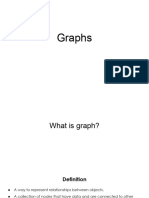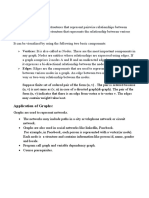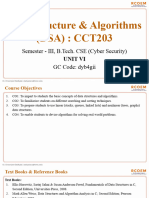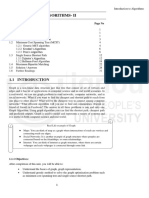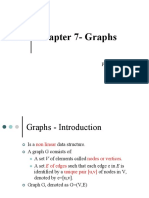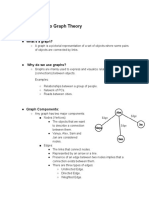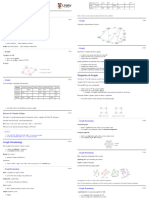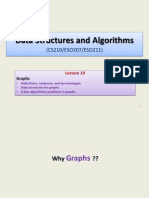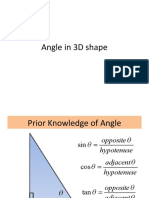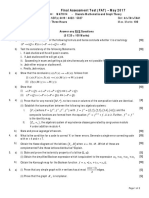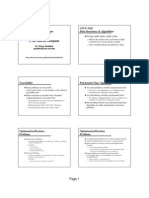0% found this document useful (0 votes)
99 views78 pagesGraph Lecture - G5 - No Code
The document provides an overview of graphs, including definitions, types, and terminologies such as nodes, edges, paths, and cycles. It discusses various graph representations like adjacency matrices and lists, along with their advantages and disadvantages. Additionally, it covers common graph problems, approaches to solving them, and includes exercise problems for practice.
Uploaded by
remidan37Copyright
© © All Rights Reserved
We take content rights seriously. If you suspect this is your content, claim it here.
Available Formats
Download as PDF, TXT or read online on Scribd
0% found this document useful (0 votes)
99 views78 pagesGraph Lecture - G5 - No Code
The document provides an overview of graphs, including definitions, types, and terminologies such as nodes, edges, paths, and cycles. It discusses various graph representations like adjacency matrices and lists, along with their advantages and disadvantages. Additionally, it covers common graph problems, approaches to solving them, and includes exercise problems for practice.
Uploaded by
remidan37Copyright
© © All Rights Reserved
We take content rights seriously. If you suspect this is your content, claim it here.
Available Formats
Download as PDF, TXT or read online on Scribd
/ 78

